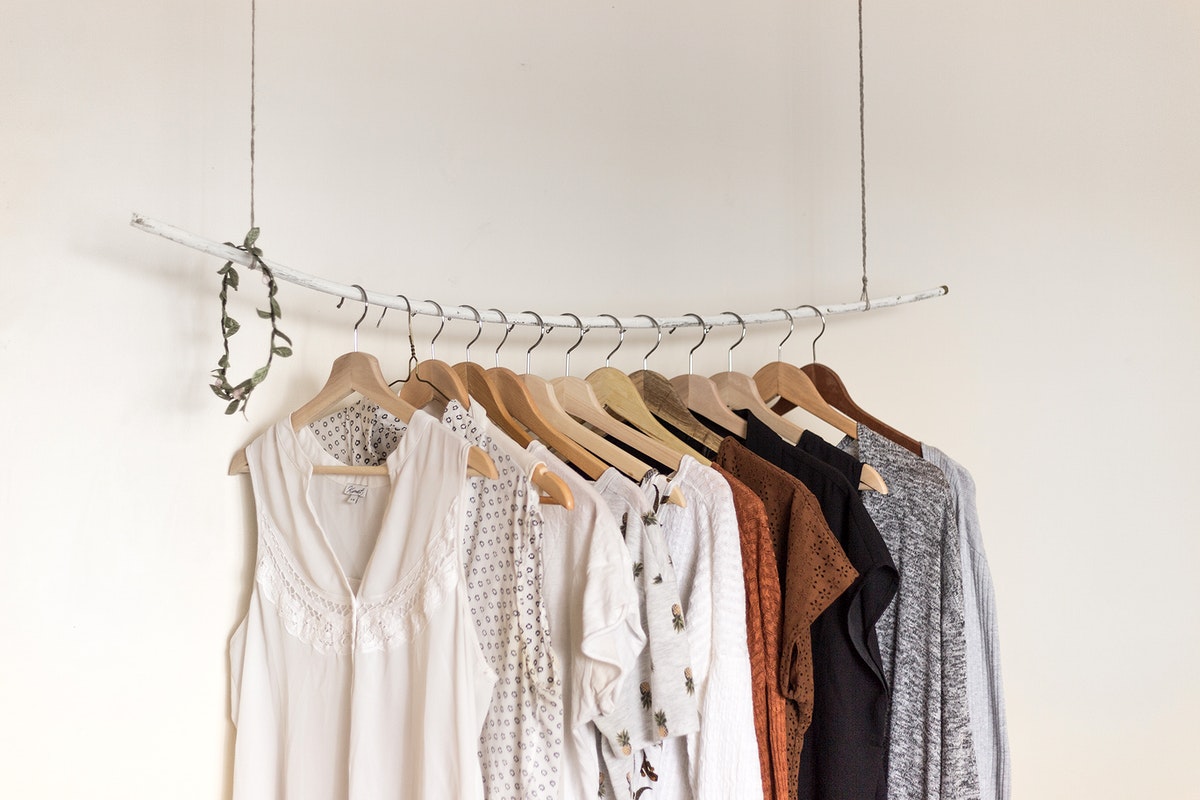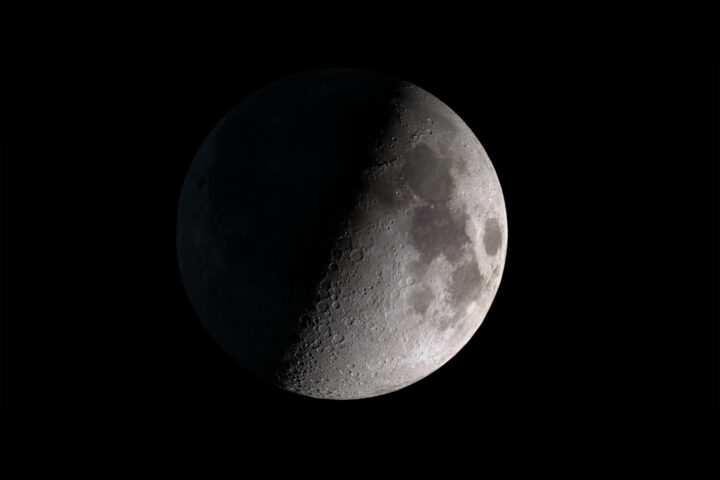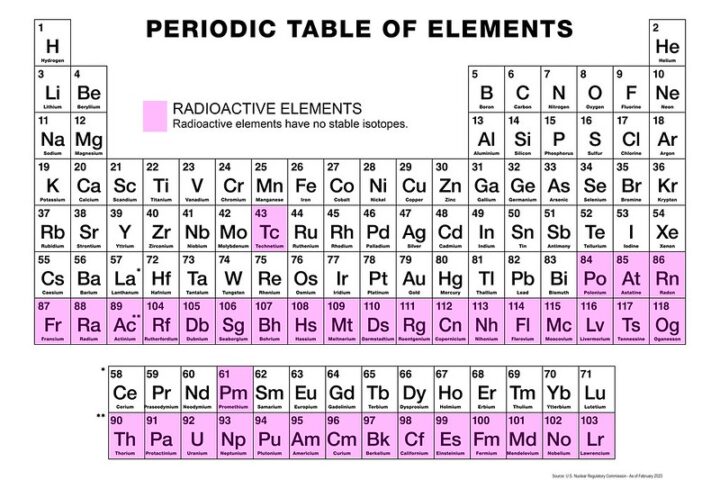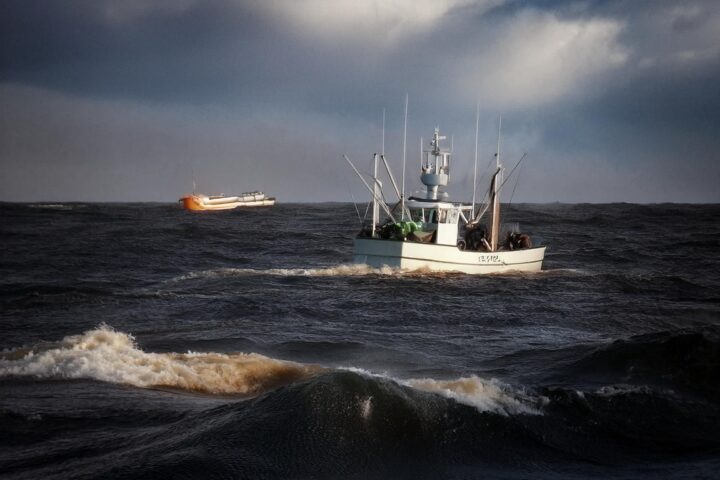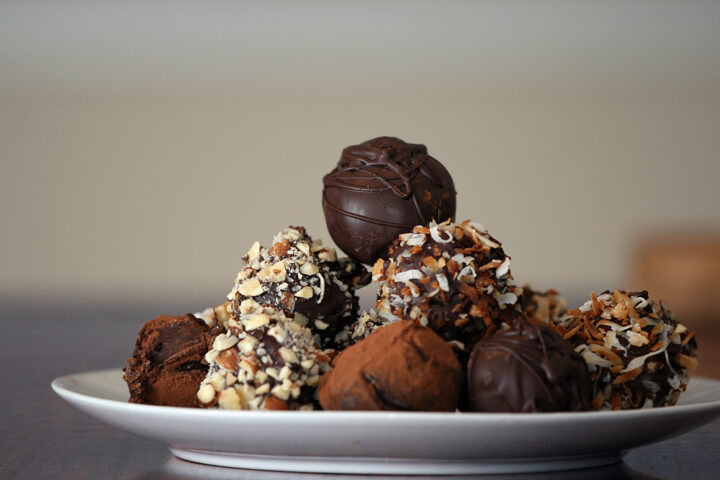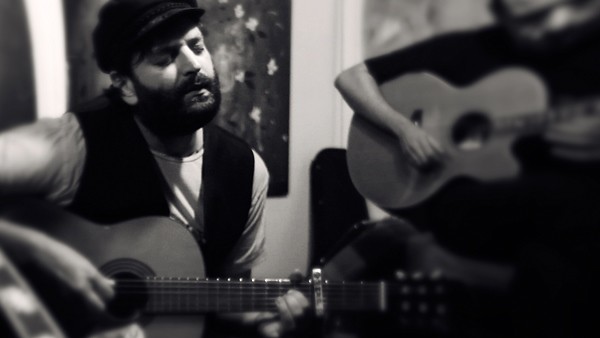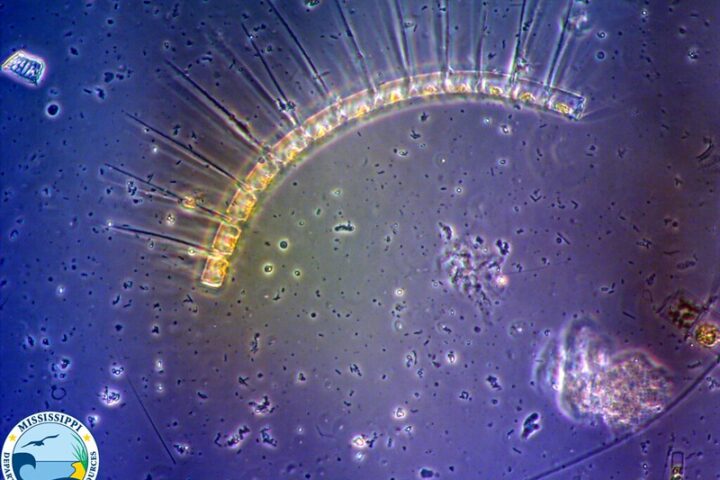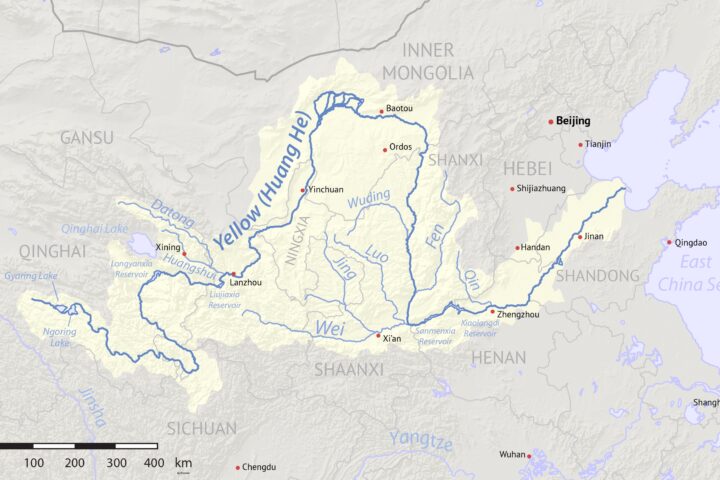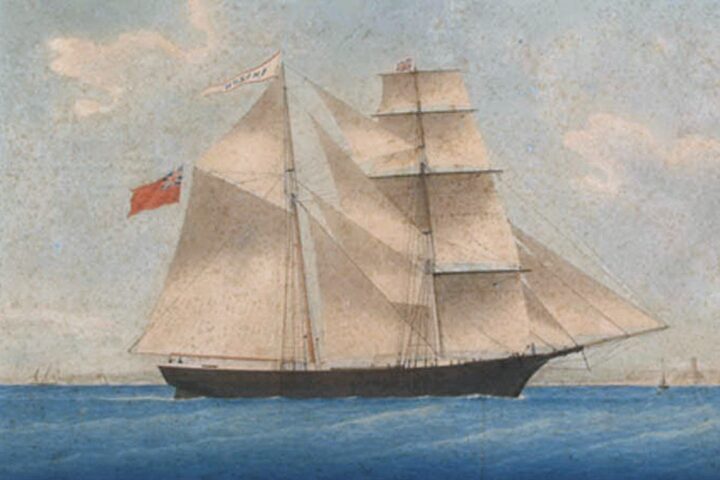Source: Wikimedia_Sustainable Style How Eco-Friendly Fashion is Changing the Industry
Read about the production of fashion materials with the help of environmentally friendly materials which are good for us and our future.
Environmental concerns and discussions about sustainability have become increasingly popular ever since people have realized that every action of ours has a direct and imminent impact on the wellbeing of the Earth. This topic has reached the fashion industry which has also started trying to adopt itself according to these trends.
Biofabricated fashion has emerged as one of the most groundbreaking solutions to these issues. It starts off as at the very beginning of the journey- clothes are produced by using environmentally friendly materials and only such products are approved for marketing. Algae-derived fabrics and mycelium-based leathers are two of the many bio-materials which are surely going to revolutionize the fashion industry by merging technology and nature together.
What is Biofabricated Fashion?
Someone who might buy Biofabricated fashion will have a wardrobe full of clothes made with the help of living organisms instead of synthetic sources. These clothes would be painted beautifully by nature itself and will not contain artificial and harmful dyes. This whole process of using living organisms to make material is called Biofabricated fashion.
Organisms like bacteria, algae, and fungi are used in their Biofabricated form and used as a substitute for the conventional method of production. This reduces all negatives impacts on nature during the production process and place importance on sustainability rather than hazardous techniques. There are but a few methods of production:
- AMSilk is a company which uses genetically engineered bacteria to create spider silk protein. This is done because of spider silk’s durability and flexibility which make it a very good candidate for fiber production.
- The fashion industry is alone responsible for 20 percent of the total water pollution in the world. Algalife aims to grow fibers and dyes by using algae which combat the conventional method of using chemical dyes that are toxic and kill thousands of workers.
- Hoitink has used mycelia to make a new fabric. Mycelia refers to the roots of mushrooms and is a very good replacement for current synthetic fibre.
- Another company which wants to make their own mark in the dyeing industry is the UK based firm, Faber Futures. This firm has developed an alternative dyeing method that involves using bacteria and the process of fermentation to make skin friendly dyes. These are colourfast dyes which won’t fade away easily either with time or washing.
Benefits of these materials
The environment, the workers, the company, and the users- everyone benefits from the production of Biofabricated materials.
The company has to spend a bit more money than required in conventional production but doesn’t lose anything later. As mentioned earlier, many companies try to reproduce the conventional materials and most of them are successful as well. This is one of the most exciting aspects of Biofabricated fashion which entails the duplication of the old materials. This new fashion is not only cruelty-free but are also biodegradable.
Users can be happy because their environment is safe now. Not to mention, many chemicals which were used for production earlier could be toxic for humans. Replacing these is going to be extremely good for workers in every fashion industry.
And lastly, there is the positive impact on the environment which has been evident ever since we started talking about this fashion trend.
Challenges
There are still some challenges faced by fashion industries venturing into Biofabricated fashion. The foremost challenge is to meet industry demands and create as much fabric as is required right now- which is a lot! This also needs to be affordable for the general masses. As soon as this hurdle is crossed, accessing this trend would become much easier for everyone.
Rest of the struggle would then be about integrating Biofabricated materials into the pre-existing trends in the fashion industry. This would require intense research and development which is much easier to achieve as compared to the first issue.
All in all, the future of Biofabricated fashion isn’t dim at all. With the right amount of products and methods of marketing, it would come to represent a shift from hazardous to eco-friendly trends in the textile and fashion industry.
Resources
- Clara Rodríguez Fernández. (2020, February 25). Biotechnology Is Changing How We Make Clothes. Labiotech.eu; Labiotech UG. https://www.labiotech.eu/in-depth/biofabrication-fashion-industry/
- Simran Jeet. (2024, August 22). Biofabricated fashion: Weaving a sustainable future. NewsBytes; NewsBytes. https://www.newsbytesapp.com/news/lifestyle/embracing-biofabricated-fashion/story
- Anjali. (2024, June 6). What is Bio-fabricated Fashion? Hula Global. https://hulaglobal.com/blog/what-is-bio-fabricated-fashion/
- Biomaterials in Sustainable Fashion | Atmos. (2023). Atmos. https://atmos.earth/biomaterials-in-sustainable-fashion/
- Quest. (2023, April 3). Understanding “Bio” Material Innovations: A Primer for the Fashion Industry. Fashion for Good. https://fashionforgood.com/our_news/understanding-bio-material-innovations-a-primer-for-the-fashion-industry/

